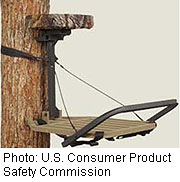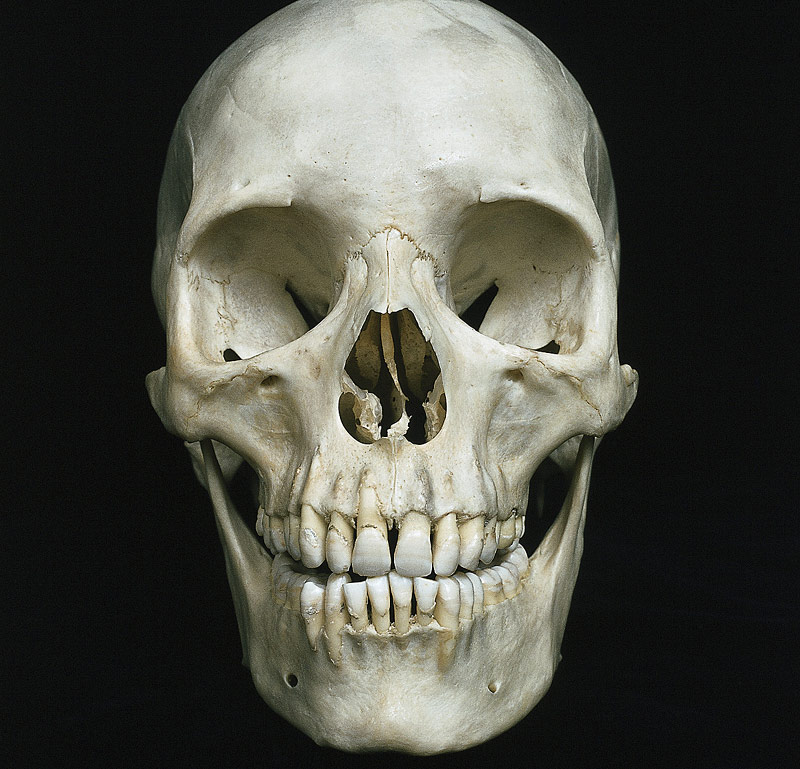
SATURDAY, Jan. 9 (HealthDay News) — Younger hunters, those 15 to 34 years old, are most likely to suffer serious injuries while using treestands, U.S. researchers have found.
The analysis of national data showed that about 46,860 treestand-related injuries occurred between 2000 and 2007. Injury rates were 55.7 per 100,000 for hunters aged 15 to 24 years, 61 per 100,000 for those aged 25 to 34 years, and 22.4 per 100,000 for those older than 65. Male hunters were twice as likely as females to be injured.
The most common types of treestand-related injuries were fractures, most likely in the hip or lower extremities, followed by injuries to the trunk, shoulder and upper extremities. While head and spinal injuries were less common, they were still significant, said the researchers at the University of Alabama at Birmingham Center for Injury Sciences.
“The elevated injury rate among younger hunters is significant, because debilitating injuries in younger people are far more devastating than for older individuals because of the potential long-term effects that create both physical and financial hardships for patients and their families,” study senior investigator Gerald McGwin Jr., associate director for research at the Center for Injury Sciences, said in a university news release.
Younger hunters may be more prone to injury because they’re more likely to take risks, have less exposure to safety information, and spend more time hunting than older hunters, McGwin said.
Safety education campaigns that recommend the use of safety harnesses and regular maintenance of treestands are among the ways of preventing injuries, the study authors noted.
“In addition to a broad safety education campaign regarding the use of treestands, the vulnerable young hunter population should be specifically targeted to decrease the number of preventable injuries,” McGwin said.
“Manufacturers of treestands can aid in prevention by providing more support for the hunters, particularly for the minimalistic stands such as climbing or ladder stands,” he added. “Although treestand-related injuries are a major cause of injury among the hunting population, they are preventable.”
The study was published online recently in the Journal of Trauma Injury, Infection and Critical Care.
More information
The American College of Emergency Physicians offers hunting safety tips.

